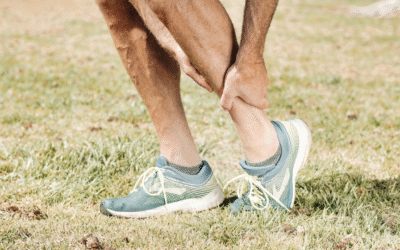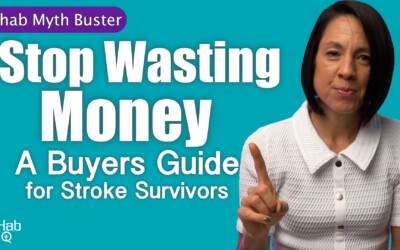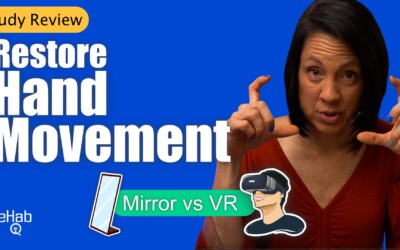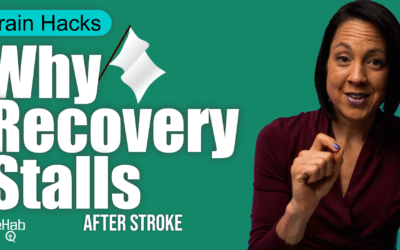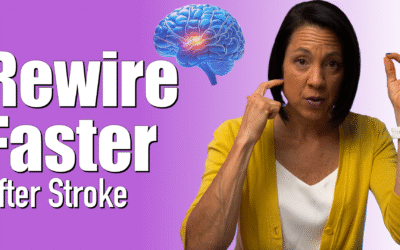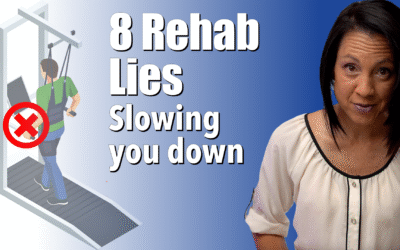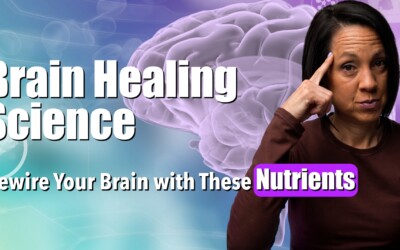Discover 15 Principles to Rewiring your Brain Faster
Transform Your Mindset and Achieve Rapid Results
Neuroplasticity: Your Brain’s Superpower
After a stroke, the brain can suffer damage, but it’s far from the end. But here’s the good news: your brain has an amazing ability to heal and adapt, even after a stroke. This process, called neuroplasticity, is your brain’s ability to rewire when presented with repeated use and practice of specific activities in order to restore lost functions like movement, speech, and memory.
But neuroplasticity requires action. You need to practice, be consistent, and use targeted exercises to guide the healing process. That’s where rehabilitation comes in.
Recovery isn’t instant, but with the right strategies, you can make your brain’s healing process work faster. Let’s explore how you can tap into your brain’s incredible potential to regain what was lost.
Repetition is Key: How Practice Rewires the Brain
The more you practice, the more your brain adapts. This is the foundation of neuroplasticity. Repeated practice of a movement or task strengthens the neural pathways in the brain. For example, if you are working on regaining the ability to stand, standing repeatedly will help your brain form stronger connections.
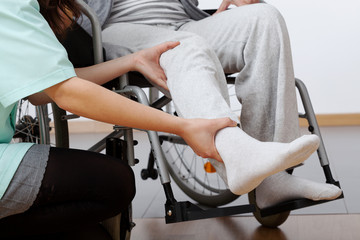
Structured Rehabilitation Plans: Targeted & Focused
A well-designed rehabilitation plan is essential for recovery. Structured exercises, tailored to your goals and current abilities, help target specific areas of improvement. Whether it’s movement, speech, or memory, these exercises ensure that your brain is receiving the right stimulation at the right time.
Understanding Motor Learning: Three Phases of Recovery
Motor learning happens in three stages:
-
Cognitive Phase: During this phase, you’ll need plenty of feedback and guidance from family or therapists. Movements feel awkward, and learning new tasks is challenging.
-
Associative Phase: As you practice, you’ll start recognizing mistakes and making adjustments independently.
-
Automatic Phase: Over time, movements become second nature, and you regain independence in completing daily tasks.
This gradual process is a crucial part of your recovery journey, helping you move from needing lots of help to regaining full independence.
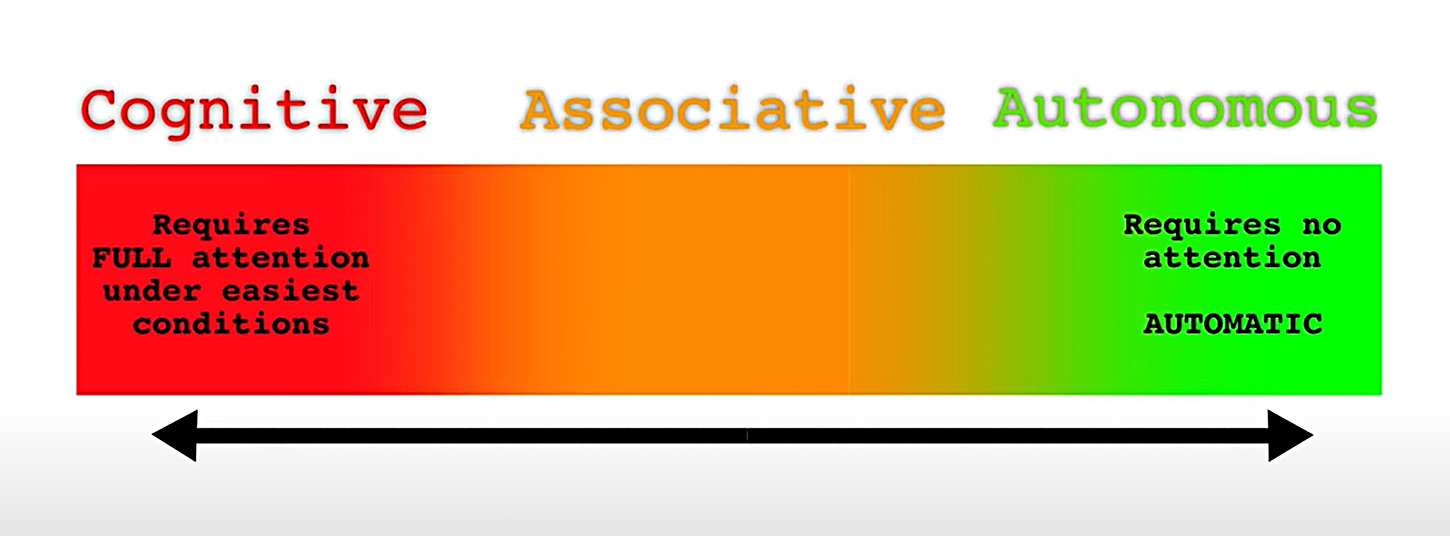
15 Key Principles to Speed Up Brain Recovery
1. Massed & Repetitive Practice
When you practice a task over and over again—whether it’s standing, sitting, or moving a limb—your brain starts to form new neural pathways. The more you repeat these actions, the stronger the connections will become, making those movements more natural over time.
Massed Practice involves practicing the task multiple times in a row without breaks, which helps solidify the new pathways.
Blocked Practice breaks tasks into smaller components (such as standing, stepping, or pivoting) and focuses on one piece at a time.
2. Spaced Practice: Rest for Better Retention
While practice is essential, so is rest. Giving your brain some time to recover between practice sessions helps it retain information better and prevents burnout. Just like physical exercise, your brain needs breaks to process everything it’s learned.
A balanced schedule of practice and rest can enhance your results without overwhelming you.
3. Dosage & Duration: More Focus, More Gains
Intensity matters. To see real improvements in your recovery, aim for at least 2 hours of practice a day, especially in the first six months. But it’s not just about quantity—focused practice leads to stronger functional improvements, so work with your therapist to make the most of every session.
4. Task-Specific Training: Practice What You Want to Improve
The fastest way to regain a skill is to practice it directly. If your goal is to walk better, walk more. If holding a pen is a challenge, try strapping it to your hand and practice gripping. Task-specific training mimics real-life activities, which helps your brain improve in the most relevant way.
It’s not about just moving—it’s about moving with purpose.
5. Goal-Oriented Practice: Set Meaningful Milestones
Set clear, meaningful goals to stay motivated throughout your recovery. Instead of practicing aimlessly, focus on tasks that matter to you—like eating, drinking, or brushing your teeth. When you practice with a goal in mind, you can measure your progress and feel more rewarded as you go.
6. Variable Practice: Mix Things Up
Sticking to the same practice routine every time can limit your brain’s ability to adapt. By practicing in different environments or changing the way you do a task, you help your brain become more flexible and adaptable. It’s like challenging your brain to think on its feet, making your skills more versatile.
Remember, start simple when you’re beginning—then switch things up to increase the challenge!
7. Increasing Difficulty: Push Yourself Gradually
As your skills improve, it’s essential to gradually increase the difficulty of your exercises. This could mean practicing more challenging movements or making tasks more complex. Working with your therapist, you can tailor the difficulty of each activity to match your progress. The key is to push yourself just enough to keep making strides.
8. Multisensory Stimulation: Engage Your Senses
Your brain works better when it uses multiple senses. For example, practicing sitting up while paying attention to touch, sight, and sound strengthens the brain’s connections. Moving from a bed to sitting or practicing in various positions can create new neural pathways that help improve balance, coordination, and movement.
The more senses you involve, the stronger your brain’s response.
9. Rhythmic Cueing: Use Music or a Metronome
Timing is everything when it comes to movements, especially walking. Using rhythmic cues, like a metronome or music, can help you synchronize your movements. The brain loves rhythm—it makes it easier to move without thinking too much, reducing the effort required for coordination.
10. Explicit Feedback: Get Clear Guidance Early On
When you’re just starting out in your recovery, clear, direct feedback is essential. Simple instructions like “lift your leg this way” help guide your movements and ensure you’re on the right track. As you progress, you can rely less on explicit feedback and focus more on refining your movements independently.
11. Implicit Feedback: Let Your Body Learn on Its Own
As your skills improve, implicit feedback—which is more automatic—becomes more important. Think of it like how you learned to ride a bike. Over time, your body starts to pick up on the finer details of movements without needing someone to tell you exactly what to do.
12. Modulating Effector Selection: Use the Affected Limb
One common challenge after a stroke is something called “learned non-use”—when you avoid using the affected limb. The solution? Encourage the use of the affected limb during exercises. For instance, placing the healthy leg on a skateboard encourages the weaker leg to do more work, ensuring it’s not neglected.
13. Action Observation and Embodied Practice: Watch and Learn
Mirror therapy is a powerful tool in stroke rehabilitation. By watching someone else perform tasks or using a mirror to “trick” your brain into thinking the affected side is moving, you can activate the motor pathways necessary for recovery. It’s like your brain learns by watching and then applying those lessons to your own body.
14. Motor Imagery and Mental Practice: Visualize Success
Sometimes, the best practice isn’t physical at all—it’s mental. Motor imagery or mentally visualizing movements activates the same brain areas as actually performing them. Spend a few minutes each day picturing yourself walking, lifting, or even talking. It’s a simple but powerful way to boost your progress outside of therapy sessions.
15. Social Interaction: The Power of Support
Being around others who understand your journey—whether it’s family, friends, or other stroke survivors—can provide the motivation and emotional support you need. Group therapy or even casual socializing can help you stay positive, encouraged, and committed to your rehabilitation.
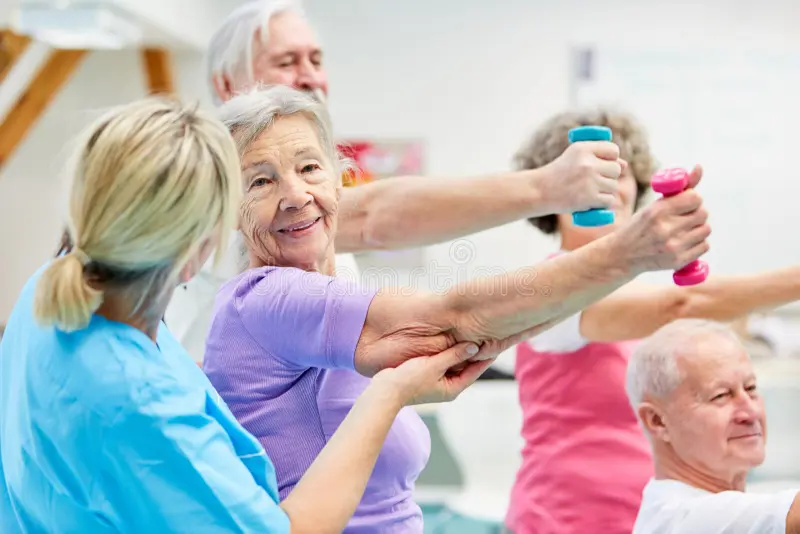
Your Brain Can Heal—But You Have to Work With It
Stroke recovery can be tough, but your brain’s potential to heal is amazing. With neuroplasticity, the right practice, and consistent effort, you can regain lost abilities and improve your quality of life. It’s all about understanding how your brain heals and taking the steps to guide that process. Stay patient, stay focused, and trust that your brain is working hard to help you recover.
So, take it one day at a time, embrace the power of neuroplasticity, and know that your brain can heal—one connection at a time.
Articles you may be interested in:
Spasticity or Weakness? Understanding Your Stroke Symptoms
How Can You Tell If It’s Spasticity or Weakness After Stroke? https://youtu.be/3QR9D4rBNhc If you’ve had a stroke, you’ve probably heard a few of these words tossed around: spasticity, weakness, stiffness, foot drop. They might all sound similar, but they each tell a...
Master Ankle Mobility: Exercises for Better Walking
Ankle Mobility Exercises to Boost Balance and Walking Ankle stiffness is one of the most common issues people face after a stroke or any neurologic injury. It can make walking harder, cause your toes to catch, or even affect your balance. But here’s the thing,...
Improve Focus and Attention After Stroke
Stroke Recovery: How to Regain Focus and Attention Faster https://youtu.be/ul0wUgXravo When most people think about recovery after a neurologic injury like a stroke, brain injury, or MS, they often focus on the physical side. Strength. Repetitions. Muscle activation....
Should You Spend Money on Stroke Rehab Devices?
Are Trendy Rehab Treatments and Devices Worth It? Here's My Honest Take https://youtu.be/T69LavHLdIQ Should you be spending your hard-earned money on all those rehab devices popping up in your social media feed? And if so, which one is actually worth it? The truth?...
Restore Hand Movement After Stroke with Mirror Therapy
Mirror Therapy & VR: Stroke Recovery for the Hand https://youtu.be/OeThZMwJt40 If you’ve lost movement in your arm after a stroke, you’ve probably wondered: “Is my arm just weak, or is something deeper going on in my brain?” That’s not because your muscles forgot...
Stroke Recovery Plateau: What to Do
Why Stroke Recovery Stalls and How to Push Through Recovery may feel stuck, but progress is still possible. Here’s how to keep improving after a plateau. https://youtu.be/w6xZZpx7tDY Recovering from a stroke or neurologic injury can feel overwhelming. Walking,...
Why Your Stroke Exercises Aren’t Helping and How to Fix It
Stroke Recovery Tips: When Exercises Don’t Seem to Work https://youtu.be/9r06T9gtsYc Is it possible to be making progress after a stroke or neurologic injury and still feel like your movement is getting stiffer, heavier or just plain harder?Absolutely. And let me tell...
Boost Stroke Recovery: 3 Brain Habits That Actually Work
Want to Rewire Your Brain Faster After Stroke? Try These 3 Habits https://youtu.be/iFcjDtHrrwM If you’ve been on this neuro-recovery journey, you know it can feel like progress is slow. You do your exercises, you follow instructions, but sometimes your brain seems…...
Stroke Recovery Myths Debunked: The Truth About Healing
8 Neuro Rehab Myths That Are Holding You Back (And What to Do Instead) Debunking Common Myths About Neurologic Recovery https://youtu.be/chTfi1d5kn4 If you’ve ever been told that your recovery after a neurologic injury has an expiration date, or if your physical...
Best Foods for Brain Healing and Mental Clarity
Brain Recovery Nutrition How Diet Fuels Healing and Focus https://youtu.be/P5UJMJJRVdw When it comes to stroke recovery, exercise and rehab often take the spotlight. But what if the foods you eat and the nutrients inside them could also play a powerful role in healing...


